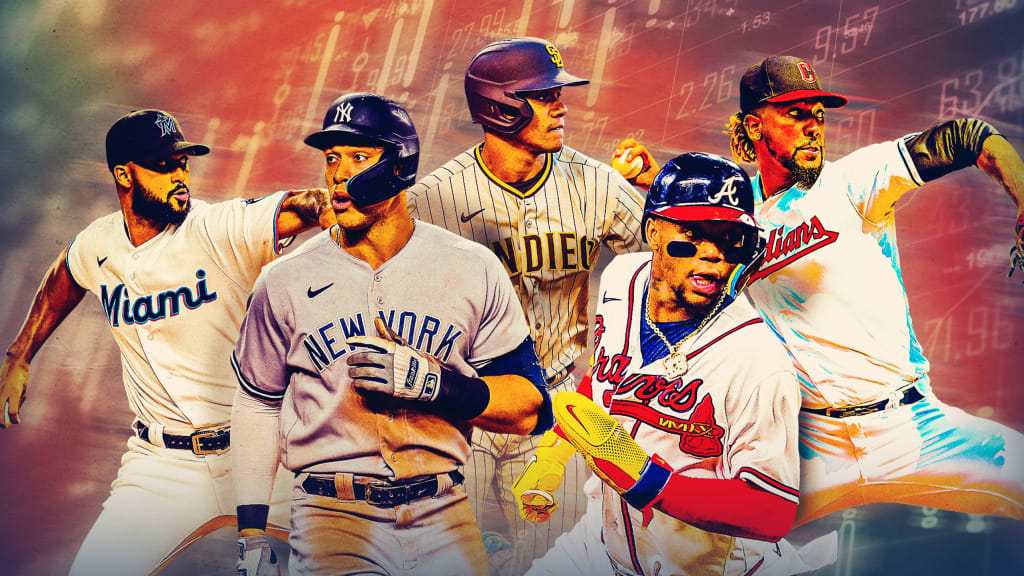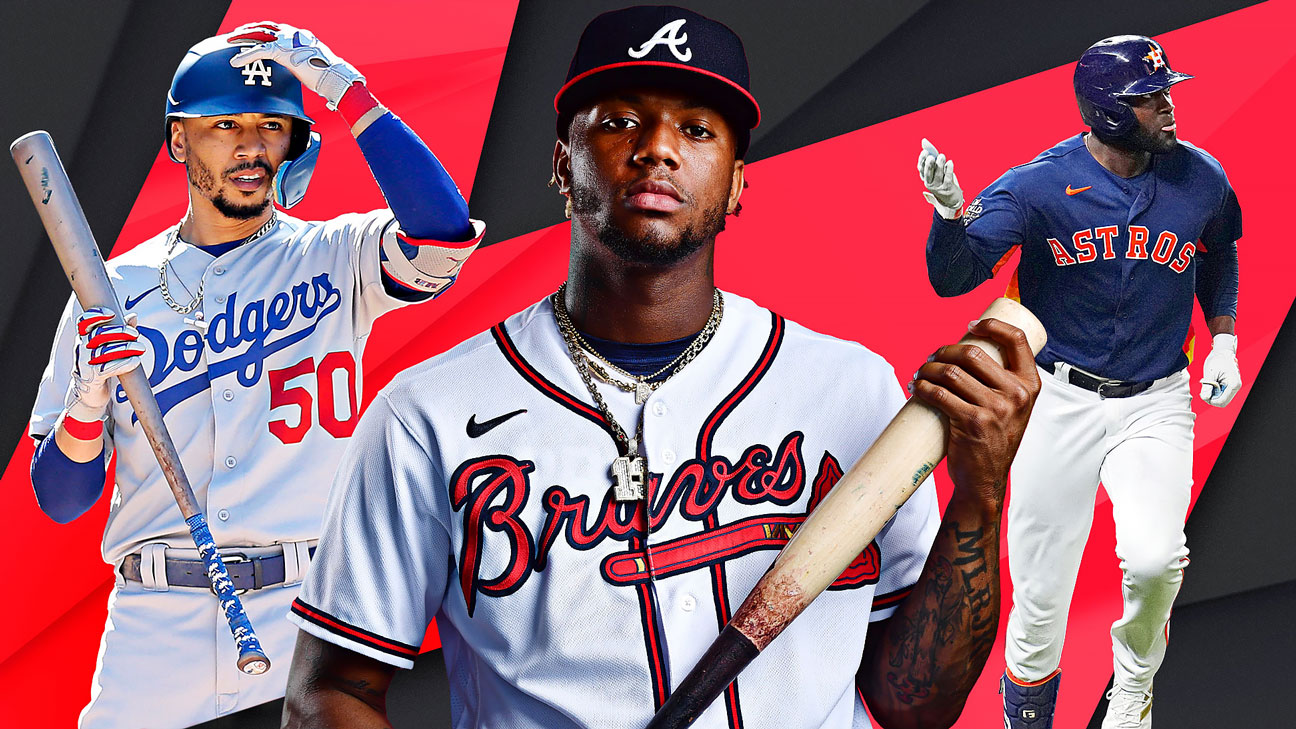Baseball, often referred to as America’s pastime, has undergone significant changes over the years, especially in the realm of analytics and predictions. Gone are the days when decisions were made based solely on intuition and traditional statistics. Today, Major League Baseball Predictions are based on a combination of advanced metrics, machine learning models, and expert opinions.
The evolution of baseball analytics
The integration of analytics into baseball began with the advent of sabermetrics in the late 20th century. Pioneers such as Bill James offered new ways to measure player performance beyond traditional statistics. Metrics such as On-Base Plus Slugging (OPS), Wins Above Replacement (WAR), and Earned Run Average (ERA) became staples in assessing player value.
In the 2000s, the publication of Michael Lewis’ book Moneyball brought widespread attention to the use of analytics in baseball. The story of the Oakland Athletics team’s use of sabermetrics to build a competitive team on a tight budget resonated with many and highlighted the potential for data-driven decision-making.

Today, teams utilize a myriad of advanced metrics and predictive models to gain a competitive advantage. These tools analyze everything from pitching velocity and spin rate to player biomechanics and game situations, providing a comprehensive understanding of player performance and potential outcomes.
Major Prediction Models in Baseball
Several prediction models have been widely used in predicting outcomes in baseball:
-
Pythagorean Expectation.
The Pythagorean Expectation formula, developed by Bill James, calculates a team’s expected winning percentage based on the number of pucks scored and missed. The formula is as follows.
Win rate=Scored goals2+Missed goals2Scored goals2Scored goals2
This model helps to identify teams that may be performing too high or too low depending on the difference of pucks scored and conceded. For example, a team with a high number of conceded goals but a high win rate may be prone to regression.
-
PECOTA (Player Empirical Comparison and Optimization Testing Algorithm)
Created by Nate Silver, PECOTA predicts individual player performance by comparing current players to historical players with similar statistics. This system provides predictions on a variety of metrics including batting average, home runs, and earned run average, offering insight into a player’s potential future performance.
-
Sabermetric Metrics.
Advanced sabermetric statistics have become an integral part of evaluating player performance.
- WAR (Wins Above Replacement): Measures a player’s overall contribution to the team in the form of number of wins.
- BABIP (Batting Average on Balls In Play): An estimate of how often a ball is hit in a game, indicating a player’s luck or skill.
- FIP (Fielding Independent Pitching): Evaluates a pitcher’s effectiveness based on strikeouts, walks and home runs, regardless of the play in the field.
These metrics provide a deeper understanding of a player’s true value and potential impact on the game.
Strategies for predicting performance in baseball
Effective prediction in baseball requires a multifaceted approach:
Match Analysis
Evaluating a particular matchup between two teams is critical. The following factors must be considered.
- Starting Pitchers: Evaluate the ERA, WHIP (walks plus hits per inning) and recent performance of starting pitchers.
- Batting lineups: Analyze the hit-by-pitch percentage, slugging percentage, and platoon ratio of players in the lineup.
- Bullpen Strength: Examine the ERA and WHIP of the bullpen, especially in deciding games.
Home Field Advantage
Teams typically play better at home because of familiar surroundings and fan support. However, park factors must be considered, as some stadiums favor hitters over pitchers, and vice versa.

Recent Performance Trends
Teams can experience hot or cold periods. Analyzing recent performance trends, such as a team’s last 10 games, can provide insight into a team’s current form.
Advanced Statistical Models
The use of machine learning algorithms and statistical models can improve predictions. These models can process huge amounts of data to identify patterns and make accurate predictions.
Statcast and tracking technologies
Statcast is a system used by MLB to collect and analyze detailed player and ball movement data. It measures:
- Exit Velocity (Exit Velocity)
- Launch Angle
- Spin Rate.
- Runners’ Sprint Rate
- The location of the pitch and point of contact
This data allows you to make predictions based on the physics of baseball action. For example, knowing that a player is consistently hitting balls at a high velocity with a launch angle of 20-25°, you can predict an increase in his home run rate in the future.
xStats: Expected Metrics
Expected Stats (Expected Stats) are models that take into account the quality of ball contact and create “alternative” stats that are cleaned up from chance and pitching factors:
- xBA (Exp ectedBatting Average) – Expected batting average based on the angle and velocity of the batter.
- xSLG (Expected Slugging Percentage) – predicted strikeout power.
- xwOBA (Expected Weighted On-Base Average) – WeightedOn-Base Output Rate, purged of luck.
Example: if a player has a low BA but a high xBA, he’s probably just unlucky – you should expect improvement in the future.
FIP, xFIP, and SIERA: Metrics of pitcher effectiveness
FIP (Fielding Independent Pitching) – this is a statistic that excludes the impact of defense and focuses only on aspects that the pitcher himself controls: strikeouts, walks, home runs.
- xFIP – adds an element of normalization – the estimated number of home runs under average conditions.
- SIERA (Skill Interactive ERA) – an even more accurate model that takes into account the relationship between different types of contact and the ability to prevent scoring.
These metrics help determine how reliably a pitcher will perform in the future, regardless of current defense support or field conditions.
Expert Tips and Resources
For those interested in learning more about baseball predictions, there are several resources that offer valuable information:
- FanGraphs: Provides comprehensive player statistics, advanced metrics and analysis.
- Baseball Prospectus: Offers in-depth articles, player projections, and statistical tools.
- The Athletic (MLB section): Expert commentary, analysis, and predictions.
- Baseball Savant: Provides Statcast data including pitch tracking and player movement statistics.
- RotoGrinders: Focuses on daily fantasy sports with player predictions and matchup analysis.
Working with these platforms can provide a wealth of information and improve your ability to make informed predictions.
Conclusion
Predicting outcomes in Major League Baseball is a complex task that requires analyzing historical data, understanding current team dynamics, and taking into account various external factors.





